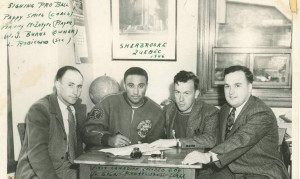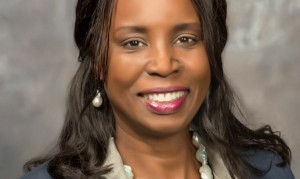It sits on the coat of arms with an unyielding weight that, in the past, has buried histories and silenced the voices of those who’ve pointed out its contradictions. The same contradictions have allowed Black, Indigenous, and other people of colour to feel like guests in a house built on stolen land; a house we’ve helped lay the foundation on.
“Black people are part of history every day,” says Cheryl Blackman, Toronto’s Director of Museums and Heritage Services. It’s the day after the U.S. presidential inauguration where another Black woman, Kamala Harris, has been sworn in as the first woman of colour to hold public office at the presidential level. “First, but not last,” she asserts, undoubtedly referring to the new vice president, but could just as easily be referring to herself. “We don’t exist in a vacuum and we don’t go anywhere without the sacrifices of our ancestors.”
Awakenings, a virtual series of art projects by BIPOC artists in collaboration with the City, is just the first step in revealing the city’s untold stories and perspectives at Toronto History Museums' sites. With such an understanding of the importance of ancestry and history, Blackman is perfectly positioned to help organize and lead the charge in the decolonization of the City of Toronto’s museums.
How would you describe your role as the Director, Museums, and Heritage services?
I think the role of the Director is that of change agent. To help museums and cultural institutions join a renaissance. I love the word renaissance because it means rebirth. I want to bring a rebirth to the Toronto History Museums; to share a focused vision that takes these amazing community assets and makes them shared spaces. When I joined the City in 2018, I wanted to create a clear vision, mission and program narrative that spoke to a collective idea of BIPOC stories embedded in traditional European narratives because we’ve always been here. I want to be part of correcting the erasure of these stories so we can hear all voices. Museum leaders need to speak less about change and be more intentional in their actions.
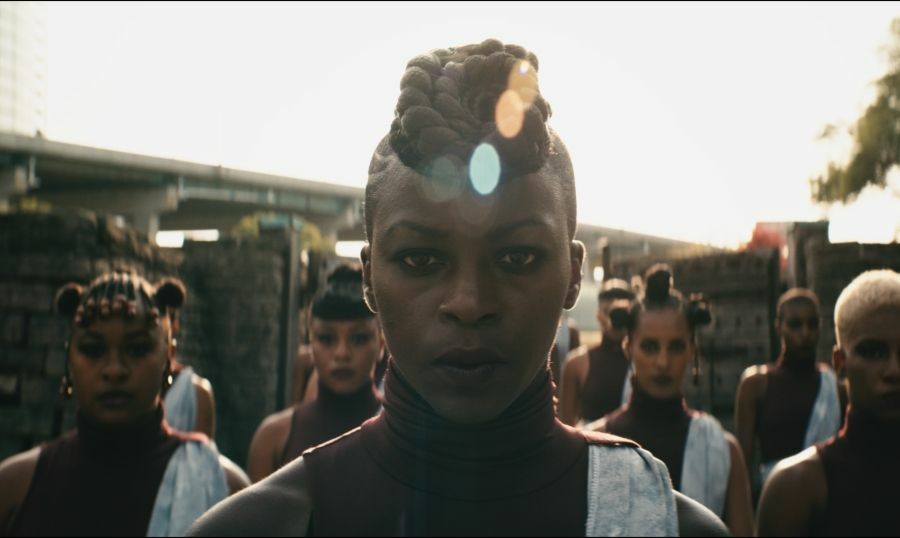
Celebrated dancer/choreographer Esie Mensah leads the troupe for "A Revolution of Love" (2020)
Do you think there’s always malicious intent at play when it comes to that exclusive telling of history?
I think history shows that there was a time when BIPOC voices were excluded by design. When you fast forward to 2021, I think there is still an absence of understanding that we have to be intentional to create inclusion. If you haven’t walked a mile in my shoes, you may not comprehend my journey. During the recent U.S. Presidential inauguration, Joe Biden talked about empathy. Empathy is something that should be taught because I don’t believe it’s intuitive at all.
Would you say your vision is significantly different from the last Director’s vision?
I think it’s significantly different because of who I am. My lived experience is my gift. The culmination of my experiences will help me transform the museum experience into an inclusive space where diversity, inclusion, equity, and accessibility live. I’ll approach this change with less fear or trepidation than someone who doesn’t have my lived experience. However, I don’t presume to know the lived experience of everyone with a diverse background, so all of us, particularly anyone with my role, has to look at the mission or vision of their space and humble themselves to deliver whatever that promise is for everyone. If we want to be the leading centers of critical dialogue about the past, present and future, this will only come by engaging with the communities we want to share stories about, not by telling stories with our voice, but by making space for communities to tell their stories in their voice. It is still a new understanding that authority doesn’t exist solely in museums and art galleries. Authority lives in the voices of the people who lived those journeys, walked in those shoes, and are those people.
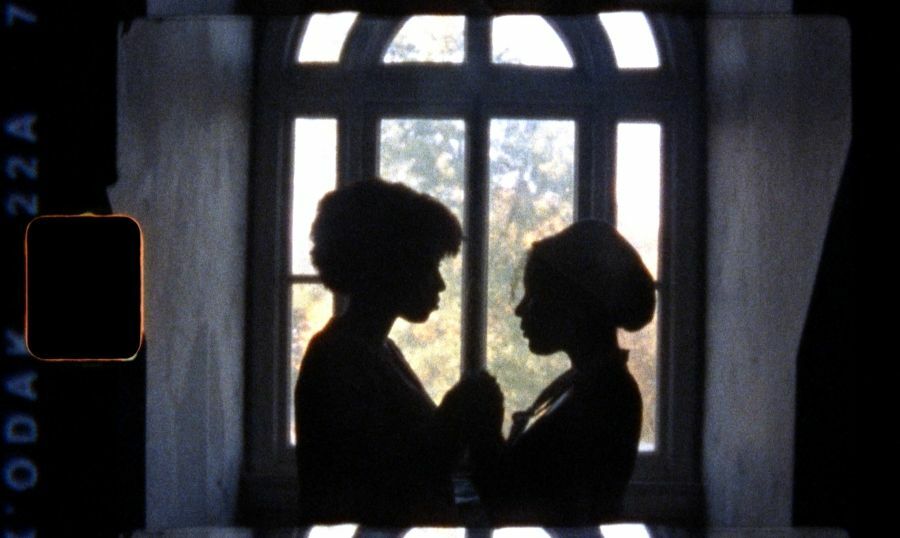
Still from director Sonia Mwanbu's film, Circa (2020)
Prior to your current role, you led the reconciliation process between the Black community and the ROM (Royal Ontario Museum) over the 1989 “Into the Heart of Africa” exhibit that appeared to glorify the colonization of Africa. Apologies have been made and engagement strategies have been announced, but I wonder how that experience informs your role today as Toronto’s Director of Museums and Heritage services?
Working as the lead negotiator in the reconciliation in 2016 was tremendously personal, painful and affirming all at the same time. I worked closely with *Ras Rico. He is someone I deeply respect because he is tireless in his efforts to create change for the Black community. To wait a quarter of a century to hear an apology from a cultural institution is an incredible show of conviction. When I first started talking to Ras Rico about the experiences in 1989, I was heartbroken by the impact that the Into the Heart of Africa exhibit had on the members of the CFTA and the broader community who protested for the closure of the exhibition. I am grateful that he shared this pain with me as it kept me focused on achieving the reconciliation. Fast forward to 2018, as the Director of Museum's and Heritage Services, I keep the journey toward reconciliation close to my heart as it deepens my commitment to see museums and art galleries evolve from cabinets of curiosity that have made many people feel like they don't belong, to spaces where the learning is rich, and most importantly, inclusive.
Does the name of the program, “Awakenings”, speak to a specific goal?
Absolutely. COVID-19 has been this incredible force that’s washed across the entire globe, and we first started conceiving Awakenings only months after COVID-19 had gripped the world. We didn’t fully understand where this virus was going, nor that a year later, we would still be dealing with it. This pandemic exposed the cracks in what we thought was societal progress. We know now that it’s communities of colour that are faced with a disproportionate risk of infection. So we developed the Awakenings program as a way to raise consciousness around things like Truth and Reconciliation, the experiences of BIPOC people through five centuries, anti-racism, anti-colonialism, and anti-oppression. We created Awakenings to bring our mission of preserving, collecting, and doing research to life. Awakenings is the platform that allows us to make space for BIPOC cultural creatives to interpret stories in their voice. One way we’ll find the truth is by having individual awakenings that lead to collective actions that culminate in a collective understanding that we are more connected than we realize.
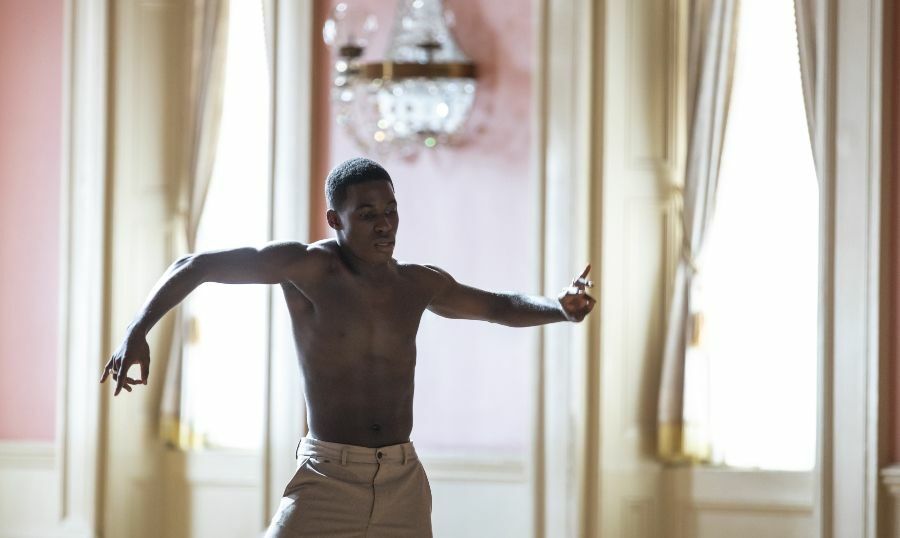
Still from director Teaunna Gray's film, Reverence (2020)
Toronto History Museums' Homepage features virtual art projects by BIPOC artists. Are there plans for these art projects to continue “in real life” for the public post-COVID?
Awakenings was conceived as our understanding of this COVID-19 experience was evolving. It wasn’t what we know about the virus today. In the early days of COVID-19, we had hoped that by the end of 2020, we would be back in our spaces, doing performances and artistic programming at our museum sites. All of the work we did originally was meant to be a combination of onsite, virtual, and projection installations. Once it is safe to gather, we will move forward with these approaches. Until then, we will continue to plan how we will change the in-person experience so that the spaces feel welcoming to all Torontonians.
Black Canadian visual artists have expressed a great deal of concern over the lack of Black artist’s work held in the collection of museums and galleries in the city. Is there a plan for the city to collect works of art created by BIPOC artists, and specifically Black artists, to decolonize its collection?
Absolutely. The City of Toronto has 150,000 objects, a million archeological specimens, and over 3000 fine art pieces. Right now we’re auditing our collections to understand what’s in the collections, but more importantly, what’s not in the collections. We’re having conversations about the strategies we need to develop to target the acquisitions of BIPOC art and artifacts. We also have to be mindful that with Indigenous communities, the conversation will also be about the repatriation of some objects. With regard to the Black community, we’re speaking with our colleagues at archives about archival materials that tell untold stories, and yes, as we look at the gaps in our collections we recognize we need to fill those gaps with content developed and created by Black creatives.
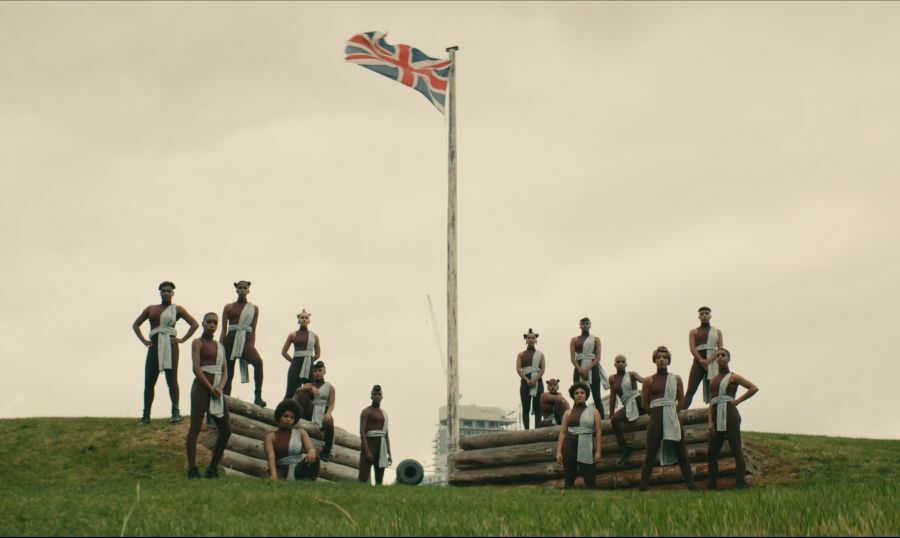
Still from "A Revolution of Love" (2020) directed by Weyni Mengesha & Lucius Dechausay / Choreographed by Esie Mensah
William Lyon Mackenzie King, Canada’s tenth prime minister, believed that “Canada should remain a White man’s country.”** With Mackenzie House being considered a Toronto museum, how does the City plan on addressing uncomfortable truths like this? [Author’s Note: Admittedly, I confused William Lyon Mackenzie with William Lyon Mackenzie-King, actually demonstrating the importance of the museums.]
Mackenzie House was the former home of William Lyon Mackenzie, former Mayor of Toronto. Not to be confused with the former Prime Minister, Mackenzie-King. Our job when working with historical material isn’t to figure out ways to hide history. We should be confronting the realities of history. We should celebrate the things that are amazing and acknowledge the things that are appalling. We’re going to have to taste that bitterness in our mouths sometimes. These are the realities of history. These are the intersections that will make us stronger. Mackenzie may have had perspectives that were acceptable for his time, but one of the great things about artist interventions is the way that artists can interrogate those perspectives with art. Toronto has said that it wants to be a city that values diversity as our strength, but strength is only tangible if we’re comfortable looking at the truth, bumps, warts and all.
Why do you think it’s taken this long for the City to make these changes with regards to the City’s museums?
I think the reality is, there’s a lot of fear surrounding change. Sometimes it’s just a lack of understanding of the importance of taking actual steps toward change. I’m excited that we have Mayor John Tory and Deputy Mayor Michael Thompson taking a strong leadership position to speak about the impacts of ***systemic racism. It’s difficult for me to explain why things were done differently before. I can’t be concerned with that. Now that I have this responsibility, I'm more interested in understanding what needs to be done, and I’m committed to taking action.
Toronto History Museums are a group of 10 museums owned and operated by the City of Toronto that bring Toronto’s history to life for residents and visitors. They include Colborne Lodge, Fort York National Historic Site, Gibson House Museum, Mackenzie House, Market Gallery, Montgomery’s Inn, Scarborough Museum, Spadina Museum, Todmorden Mills and Zion Schoolhouse. More information is available at toronto.ca/museums.
Notes:
1 - *Rostant “Ras Rico” John is an activist and was the Chairman of the CFTA (Coalition For the Truth about Africa) at the time. He now lives in Winnipeg.
2 - **"That Canada should desire to restrict immigration from the Orient is regarded as natural, that Canada should remain a white man's country is believed to be not only desirable for economic and social reasons but highly necessary on political and national grounds."
(From a 1908 Report; Mackenzie King was Deputy-Minister of Labour at the time and later became Prime Minister of Canada in 1921)
3 - ***In July 2020, the City committed more than $1.2 million in cultural and economic investments to confront anti-Black racism. The City’s Confronting Anti-Black Racism Unit and Economic Development and Culture division has been developing opportunities such as Awakenings to increase support for Toronto’s Black creative communities.
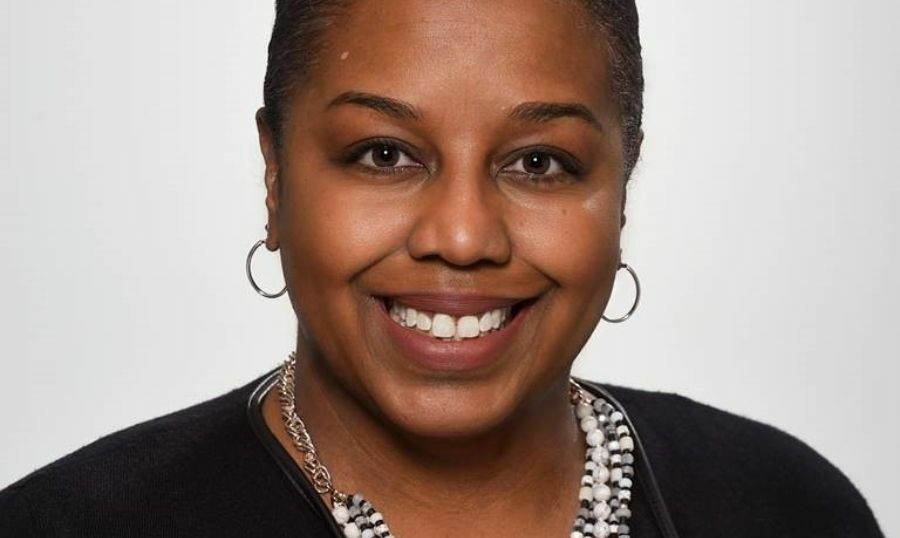
 By
By 




